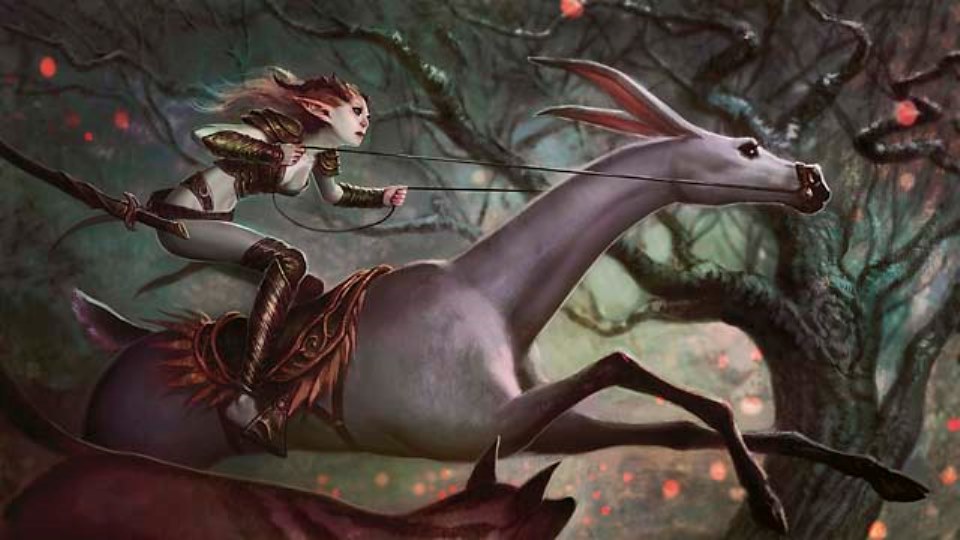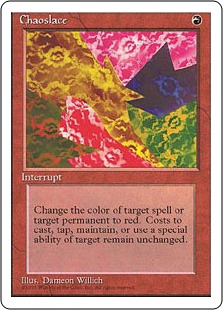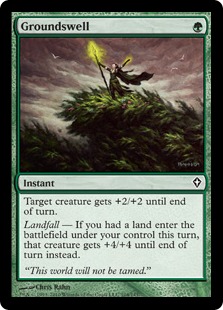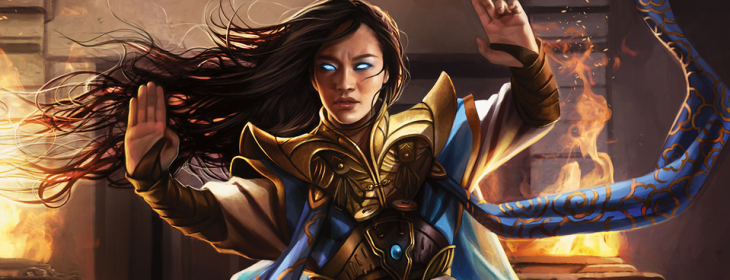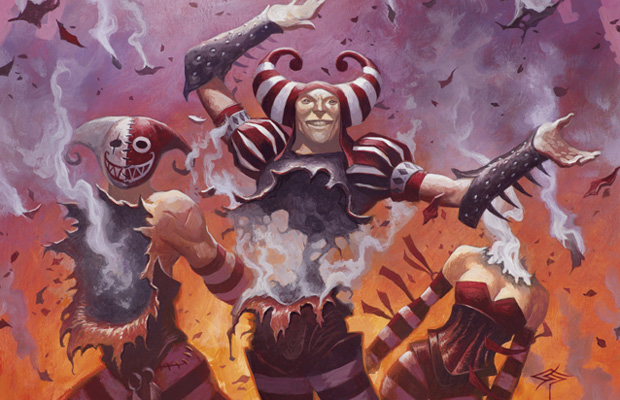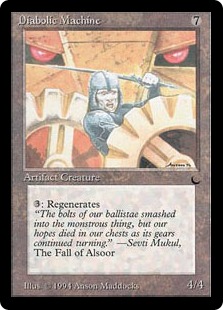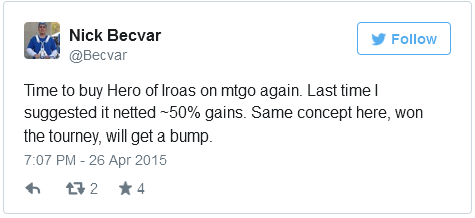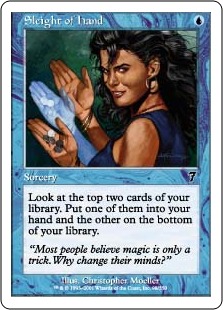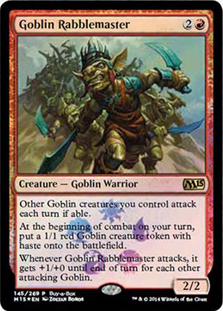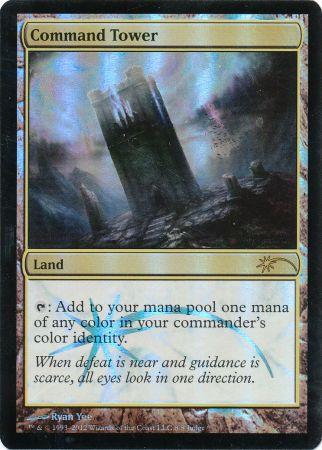By James Chillcott (@MTGCritic)
One of the most common misconceptions about folks involved in MTGFinance is that we are constantly manipulating the market and feeding players misinformation to help fuel achievement of our personal goals.
It has occurred to us at MTGPrice that though we dole out a good deal of advice, most of you ultimately have very little insight into when our writing team actually puts our money where our collective mouths are pointing. As such we’ve decided to run a weekly series breaking down what we’ve been buying and selling each week and why. These lists are meant to be both complete and transparent, leaving off only cards we bought without hope of profit, where appropriate. We’ll also try to provide some insight into our thinking behind the specs, and whether we are aiming for a short (<1 month), mid (1-12 month), or long (1 year+) term flip. Here’s what we were up to this week:
Buying Period: May 3 – May 9th, 2015
Note: All cards NM unless otherwise noted. All sell prices are net of fees unless noted.
James Chillcott (@MTGCritic)
BOUGHT
- 1x Myth Realized (foil) @ $7.00
- 1x Griselbrand @ $13.50
- 1x Whisperwood Elemental @ $8.50
- 1x Temple Garden @ $8.25
- 1x Mana Confluence @ $7.50
- 1x Scavenging Ooze (Russian promo foil) @ $11
- 2x Pharika, God of Afflication @ $3.25/per
- 2x Siege Rhino (foil) @ $16
- Mutavault (Japanese) @ $10
- 1x boxes of Modern Masters 2015 @ $230
SOLD:
- 6x Modern Masters 2015 @ $255 USD ($210 cost)
SOLD (Pucatrade)
- 1x Grafdigger’s Cage (foil) @ $19.00 (pack opened)
- 1x Tarmogoyf @ $195.00 ($135 cost)
- 1x Wilt Leaf Liege @ $29.42 (pack opened)
- 1x Sensei’s Divining Top @ $32.41 (pack opened)
- 1x Horizon Canopy @ $34.65 ($18 cost)
- 5x Steam Vents @ $13.20 ($8.25 cost)
My total haul of MM2 boxes now stands at 20+. The revelation of the full set list through plenty of folks for a loop, as the final rares list was significantly less exciting than many had hoped for. Running the Estimated Value (EV) calculation on the set however has revealed that much of the value has simply been shifted to the mythics and the current EV per pack is very close to the MSRP of $9.99. This means that opening a box at MSRP is roughly equivalent to the math on opening a box of MM1 in the summer of 2013, which featured a similar EV. Each pack you open will feature higher variance, but the more packs you open the more likely you are to even out your opens. As such, I’m expecting the EV to fall off in the weeks following the triple Grand Prix into the $7-8 range as people sell off their opens. If the set is constricted on supply and/or considered too risky by players to open frequently, I would expect the box trajectory to follow a similar path to MM1, with less total upside. My current target is $325 on boxes by December 2015. Even if dealers end up having more supply than my sources have told me they will, a neutral EV out of the gate is unlikely to motivate them to open enough boxes to further tank the singles market on the mythics. We now need to see how the draft format is received, because a great format will drive sales and pack openings, and push EV further down the curve, whereas a bad draft format could keep the price of key cards relatively stable. More on this as the issues play out.
Most of my singles purchases this week were simply opportunistic grabs at prices below retail, or cards I expect to continue rising heading into fall.
Pucatrade was a huge help this week, allowing me to out MM2 reprints like Leyline of Sanctity, Wilt Leaf Liege and Tarmogoyf at full value. I now have about $700 worth of Pucapoints, accumulated since the end of March, and my goal is to trade into a mox on that platform before the end of summer.
Guo Heng Chin
TRADES
- Thunderbreak Regent (out) for one Dragonlord Dromoka (in).
Jared Yost
- 4x Willow Satyr @ $13.96
- 4x Gravity Sphere @ $11.76 + $1 shipping
Note: The rest of the guys were quiet this week.
Bonus Tips:
- Putting some money aside for the two weeks after the triple MM2 GPs across the globe is a solid notion indeed. Tens of thousands of packs will be opened at those tournaments and many of those players will be looking to sell of sweet opens that they don’t need for their own decks to recoup some of their trip costs. This should lead to a plethora of good deals as the sellers crowd each other out in a race to the bottom of the price ladder. This will also be the period where key standard cards will start to bottom out into their usual summer doldrums, and great cards from Khans block are likely to be in bargain territory with so much focus on Modern cards.
- Before you plow too much money into the Eldrazi from MM2, keep in mind that we are very likely to get even more exciting Eldrazi this fall in Battle for Zendikar. Since the Eldrazi characters are set in stone, new versions could easily injur the price points on the earlier editions if they prove more interesting to collectors.
- The absence of man-lands, Inquisition of Kozilek and Goblin Guide leaves me wondering whether WOTC will simply reprint some or all of these cards in the fall. This makes me very hesitant to get in on any of them right now.
- As I’m writing this Yohan Dudognon is 7-0 at GP Paris running an entirely new multi-color Collected Company deck running Mantis Rider, Savage Knuckleblade and Elspeth, Sun’s Champion. He just tapped out end of turn for Stoke the Flames tapping Riders and Knuckleblades so he has my full attention. Bottom line: Collected Company is proving to be a flexible and powerful magic card. Foils should be top targets while they’re cheap. I have them breaking $20 later this year.
So there you have it. Now what were you guys buying and selling this week and why?
ADVERTISEMENT: Get the Cube Starter Bundle with the 3rd Edition Grimoire Deck Box, the brand new Grimoire Deck Box designed specifically for the red mage in you.
